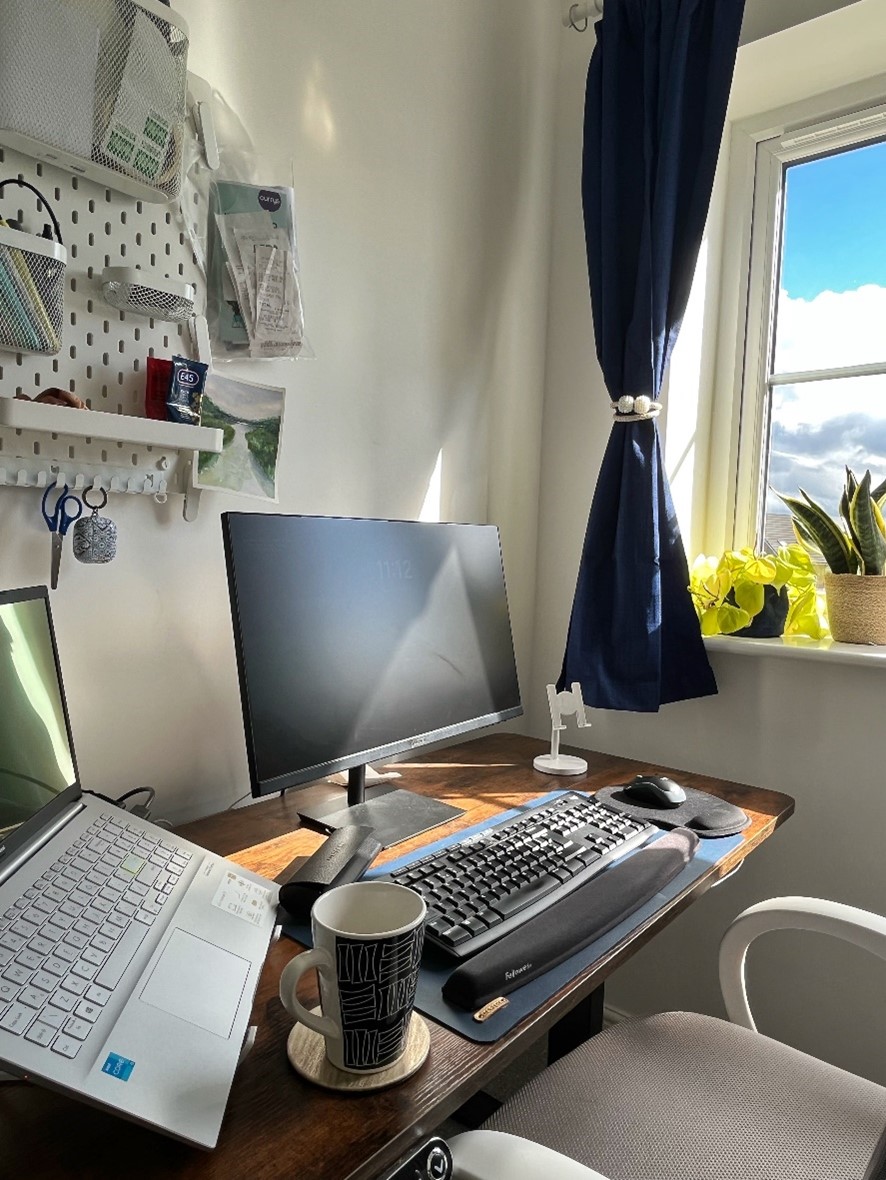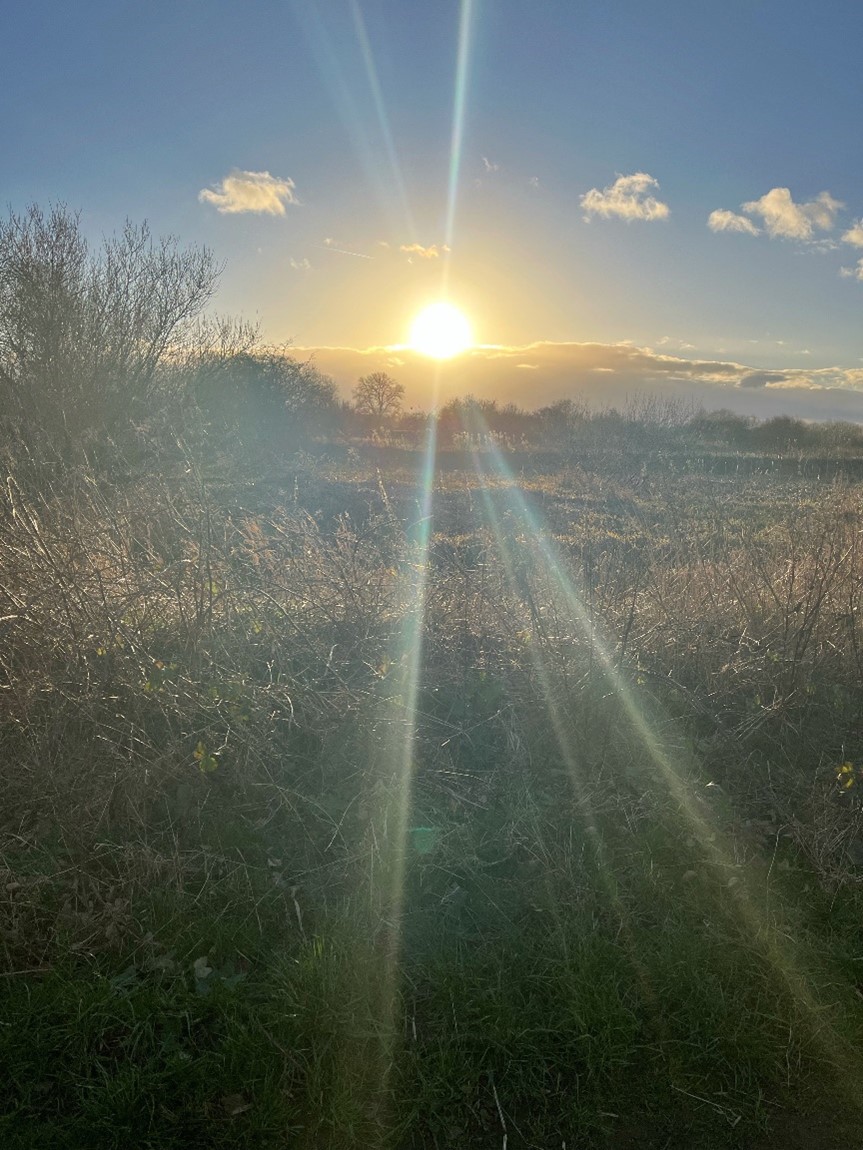Hi! I’m Mariel and I’m brainstrust‘s Support Specialist for the North of England. I am based at home in Castleford, but I do go to our office in Leeds from time to time. I used to be a nurse in Leeds and I joined brainstrust October 2022 and it’s been quite a journey!
from time to time. I used to be a nurse in Leeds and I joined brainstrust October 2022 and it’s been quite a journey!
9:00 – 10:00 am I get my first dose of caffeine in the form of coffee and drink it whilst checking my emails and writing some.
10:00 – 11:00 am I have a coaching call with *Anna, a patient I’ve been supporting. She’s recently been diagnosed with a non-malignant brain tumour and she’s feeling a bit stuck. She wants to return to work soon but is unsure how. To find out more about coaching, click here. I get my second dose of caffeine here in the form of green tea which my husband makes for me as he works from home too!
11:30 am – 2:15 pm I hop on the train to Leeds to visit my old workplace, to deliver some brainstrust resources to their Neurosciences department. Meeting with healthcare professionals is an important part of my role, our partnerships with neuroscience departments help make sure that people find out about brainstrust support when they need it most.

Here’s my workstation at home. That small picture on the wall is a watercolour painting I did as an exercise. You can see my plant babies on the window sill as well.
2:15 – 2:50 pm I log onto a call to do a presentation for some healthcare professionals on how we support patients with brain metastases. It was great to be able to share our support service with more healthcare professionals, presentations like this help us spread the word about the range of support we have available.
3:00 – 3:30 pm I log onto a Zoom call with a potential collaborator for our event in Leeds. It’s set to be a lovely day with workshops, talks, holistic sessions and a support group meeting. One of the things I’m looking forward to the most is meeting everyone. I get my third dose of caffeine by drinking some lovely Yorkshire tea (builder’s brew, I may have some biscuits with it too…)
3:30 – 4:15 pm I take a helpline call from *Pat. She tells me she just found out that her tumour has grown back. She tells me she’s feeling really overwhelmed about everything and she’s hoping to speak to someone who’s had the same experience. I then ask my colleague Laura if there’s anyone from our Peer Support volunteers who could talk to her and she says yes! To find out about Peer Support, click here.

A view from my afternoon walk
4:15 – 4:30 pm I get in touch with the Peer Support volunteer to check if they’re happy to support Pat and they say yes so, I do a bit of a happy dance whilst I enjoy my fruit tea (non-caffeinated this time).
4:30 – 5:00 pm I go for a quick walk along the river. It’s cold, but nice.
5:00 – 5:45 pm I check my emails and my diary then I get a brain box sorted for a new patient who requested it. I’m off to Liverpool tomorrow for an event where I’ll meeting community members and other brain tumour organisations and getting the word out about the services brainstrust offer, so I need to pack!
The brainstrust team is small, but we are all very passionate about what we do. We’re very lucky to have such a warm and supportive community. It’s been a fun journey so far and I look forward to meeting some of you at our events in the North!










